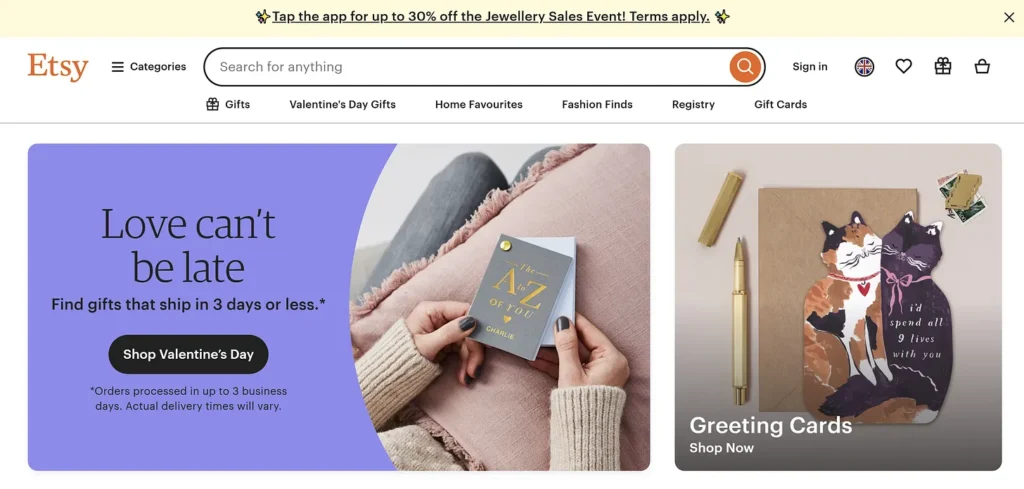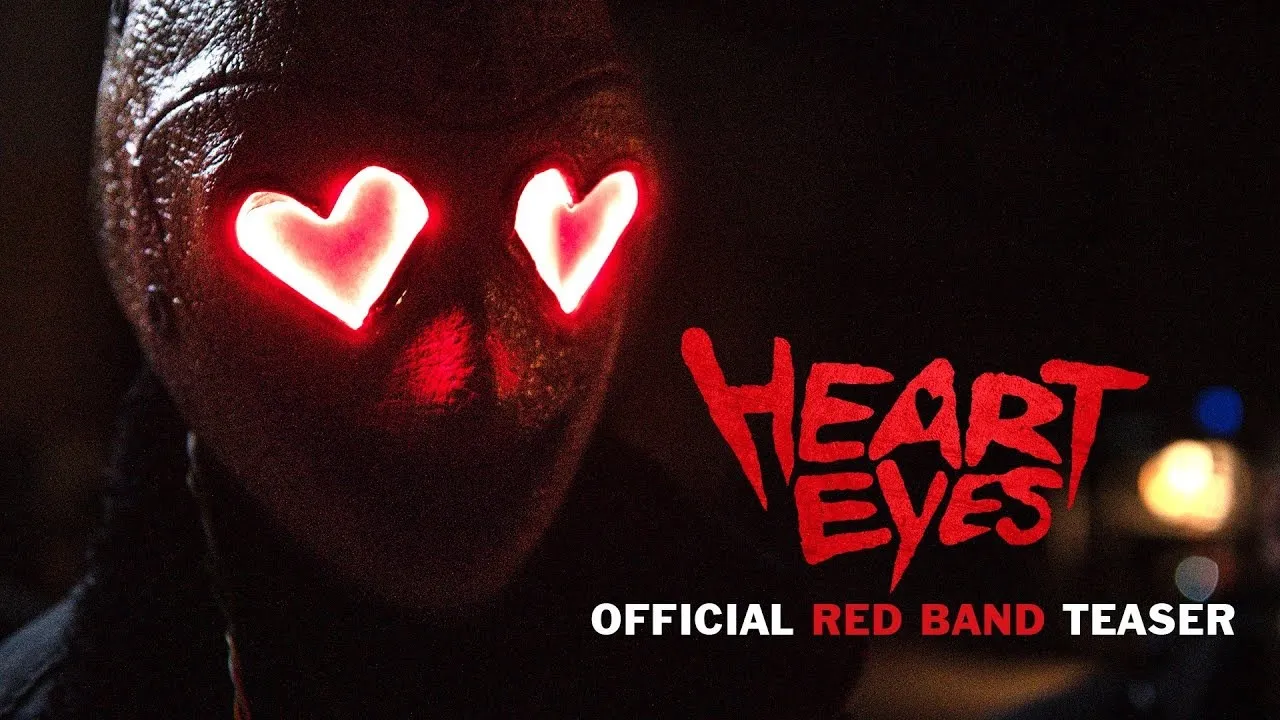While Valentine’s Day doesn’t command the same retail power as Christmas or Black Friday, it remains a reliable revenue driver for certain sectors—jewelry, lingerie, flowers, chocolates, restaurants, and cinemas. These categories continue to see strong sales, particularly in products and services tied to romance and indulgence.
In 2025, U.S. consumers are expected to spend $25.8 billion, averaging $185.81 per person. As expected, romantic partners take the biggest slice, with $14.2 billion spent on significant others, and notably, men still account for roughly 60% of this spend. Online shopping leads the way (38%), followed by department stores (34%), discount stores (29%), and florists and specialty stores (tied at 18%).
The numbers are solid, but the way people are celebrating, and more importantly, who they’re spending on—is shifting.
Younger consumers, particularly Millennials and Gen Z, are reshaping the holiday’s retail playbook. They’re choosing experiences over material gifts, embracing self-love and “treat yourself” culture, and prioritizing sustainability and authenticity in their purchases.
Love in the season of inflation
Economic pressures are transforming Valentine’s Day traditions. As inflation squeezes budgets, consumers are choosing thoughtful gestures over extravagant purchases. A recent survey revealed that 52% of respondents prefer homemade gifts or shared experiences to material goods. From DIY bouquet kits to subscription services like DateBox Club offering curated date-night experiences, the emphasis has shifted from price tags to personalization. This economic shift has also driven consumers toward platforms like Etsy, which offers both customization and affordability, as the demand for personal, unique gifts continues to rise.

So, who’s cashing in on Cupid’s big day?
Jewellery, flowers, lingerie, restaurants, and cinemas have long dominated the Valentine’s Day economy. But these days, they’re not the only ones getting a slice of the love-fuelled spending spree. A growing number of brands—from streaming giants to luxury fashion houses—are finding ways to make February 14th work for them.
Netflix knows the playbook well. Every year, Love Is Blind conveniently drops just in time for Valentine’s, turning binge-watching into a low-effort, high-reward date night. Movie studios are in on it too, carefully timing their releases to match the mood—whether it’s swoon-worthy romance or the sharp contrast of a Valentine’s Day slasher flick. Because, why not?
Luxury brands aren’t sitting this one out either. Gucci is leaning into the moment with a polished, campaign-led approach, while IKEA is flipping the script—offering Swedish restaurant date nights for couples who prefer meatballs over Michelin stars. The takeaway? If there’s a way to weave love (or anti-love) into your brand narrative, there’s an opportunity.

Revising the Valentine’s Day playbook
Here’s the truth: almost any brand can tap into Valentine’s Day—but it has to make sense. Successful campaigns strengthen brand identity, feel organic, and avoid lazy, cash-grabby marketing tropes (goodbye, cringeworthy “Nothing Says I Love You Like [Insert Product Here]” ads).
The smartest brands stay cost-conscious. Retailers who overstock heart-covered merchandise often face discount-bin leftovers by February 15th. The winning strategy? Curated storefronts over new product drops. If Valentine’s Day doesn’t naturally fit your brand, find a creative angle instead.
So no, Valentine’s Day isn’t dead (yet). But lazy marketing and uninspired cash grabs? Those are on their way out.




